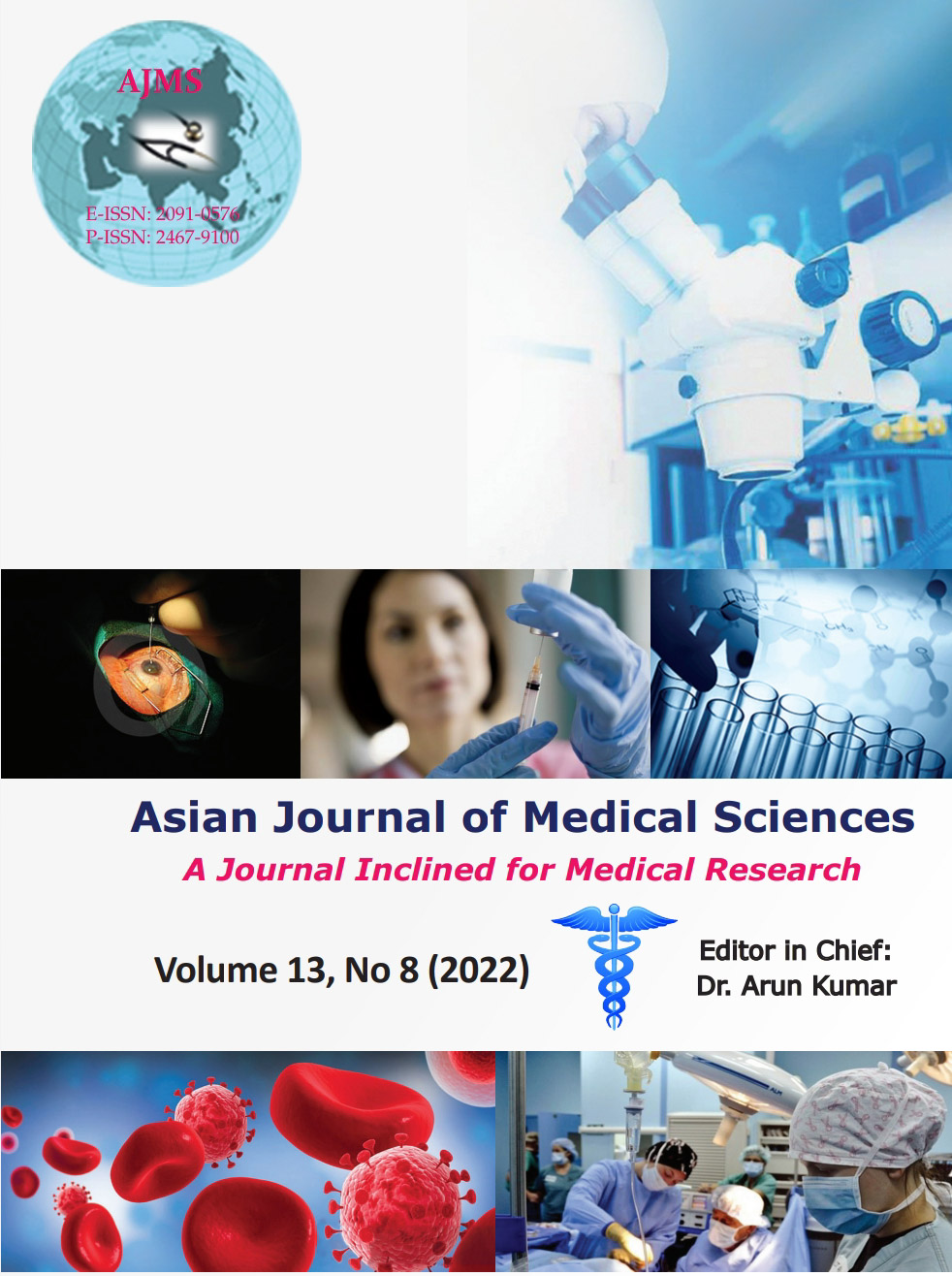Intrauterine growth restriction and perinatal outcome among oligohydramnios pregnancies
Keywords:
Intrauterine growth restriction; Oligohydramnios; Pregnancy; Perinatal outcomeAbstract
Background: Successful outcome of obstetric well-being is to assess by obtaining healthy mother and child in modern obstetrics. Assessment of fetal well-being is important in timely diagnosis of fetal compromise and management. Amniotic fluid serves a major role in the development of the fetus.
Aims and Objectives: The present study aims to evaluate the oligohydramnios pregnancies admitted in IPD of G & O, Bankura Sammilani Medical College & Hospital in terms of intrauterine growth restriction (IUGR) and perinatal outcomes.
Materials and Methods: The study was conducted at Bankura Sammilani Medical College and Hospital, West Bengal, in terms of IUGR and perinatal outcomes from April 2020 to September 2021 among 80 antenatal mothers diagnosed to have oligohydramnios and subsequently admitted in-patients-department. Thorough history taking and clinical examination was done. Template was generated in MS Excel sheet and analysis was done on SPSS software.
Results: Among 80 antenatal mothers diagnosed with oligohydramnios, the mean age of patients was 22.0750±4.1484. 21 (26.25%) patients had NICU admission and 56 (70.0%) patients had IUGR. In the study, 1 (1.25%) patient was perinatal death and 79 (98.75%) patients survived. In without IUGR, the mean birth weight (mean±SD) of patients was 2.7483±0.2222. In without IUGR, 1 (4.2%) patient had NICU admission. In with IUGR, 20 (35.7%) patients had NICU admission.
Conclusion: Ultrasonography plays a major role in early diagnosis of IUGR. IUGR was associated with cesarean section for fetal distress, and NICU admission among oligohydramnios can be predicted using umbilical artery Doppler velocimetry.
Downloads
Downloads
Published
How to Cite
Issue
Section
License
Copyright (c) 2022 Asian Journal of Medical Sciences

This work is licensed under a Creative Commons Attribution-NonCommercial 4.0 International License.
Authors who publish with this journal agree to the following terms:
- The journal holds copyright and publishes the work under a Creative Commons CC-BY-NC license that permits use, distribution and reprduction in any medium, provided the original work is properly cited and is not used for commercial purposes. The journal should be recognised as the original publisher of this work.
- Authors are able to enter into separate, additional contractual arrangements for the non-exclusive distribution of the journal's published version of the work (e.g., post it to an institutional repository or publish it in a book), with an acknowledgement of its initial publication in this journal.
- Authors are permitted and encouraged to post their work online (e.g., in institutional repositories or on their website) prior to and during the submission process, as it can lead to productive exchanges, as well as earlier and greater citation of published work (See The Effect of Open Access).




